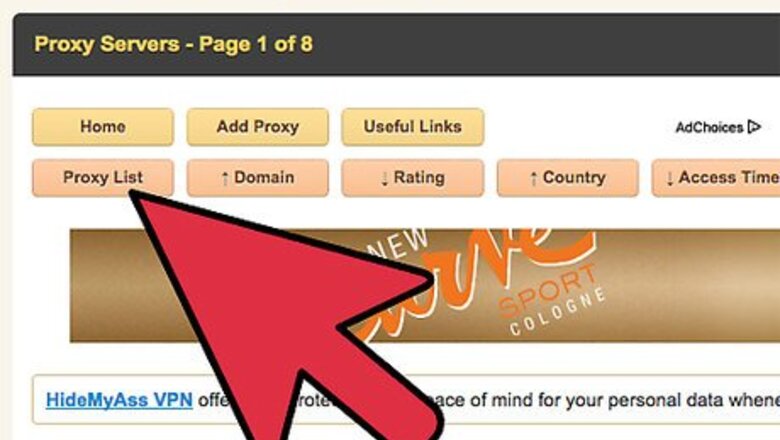
views
Steps
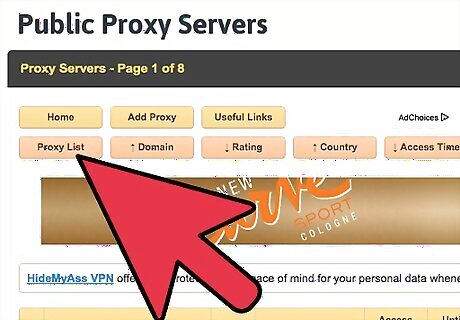
Find a proxy or circumvention site. A range of proxy sites offer a way to bypass Websense by, for example, using a secure connection (note that the url begins with "https," not "http"). You can access the circumventor or proxy site, and then access blocked sites through that. Alternatively you can use a program called vpntunnel to run programs (like bittorrent or games like World of Warcraft etc).
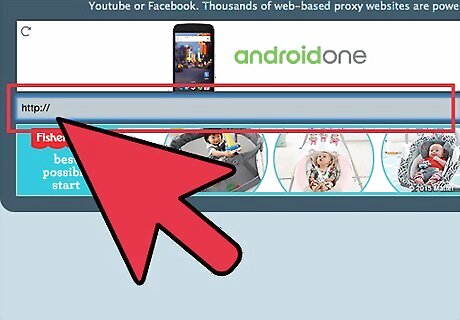
Type the url you want to go to in the box on the site. Once you access the proxy site, enter the address of the site you want to go to in the box on the screen. If you're using vpntunnel, install and log in with the software. Install a circumventor program on your home computer. At Peacefire.org you can download a circumventor program on your home computer so that you can access blocked sites at other locations by connecting to your home computer. Download a couple programs, and run the setup, and the program will give you a url you can use to access it from anywhere. Write down this url and carry it with you. Note: you don't download the programs onto the computer with the filter--you download them onto another computer that you can connect to from the filtered computer. Enter the url for your home computer in the web browser on the filtered computer. When you're at a computer with a filtered connection (at work or at the library, for instance), simply enter the URL the circumventor program gave you, and you will be able to access blocked sites via your home computer. Note that this will only work if your home computer is on and connected to the internet. Use command prompt to find the websites IP. This is quite a good method, using the PING function on Windows PCs, you can find the websites IP Address, and use direct access. If the website is on a Shared Server however, it is USUALLY like this: http://123.123.123.123/~WEBSITENAME
Quick Fix

Google the URL you would like to get on.
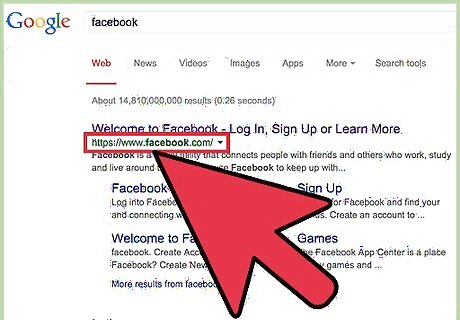
Looks for the 2 links next to the search results: "cached", and "similar".
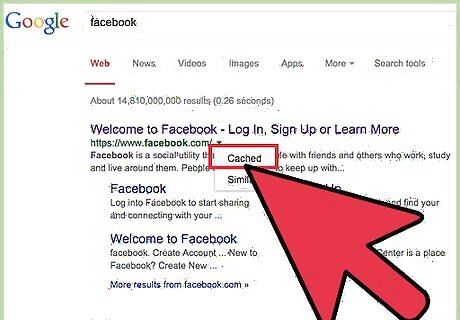
Click "cached". It will be a version that's a few days old, but it should work perfectly 95% of the time.












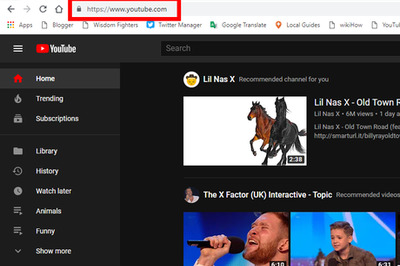
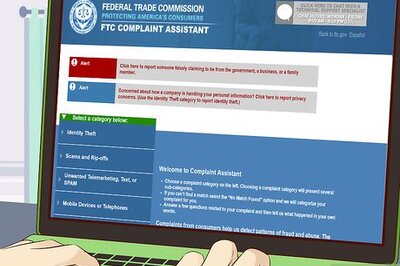
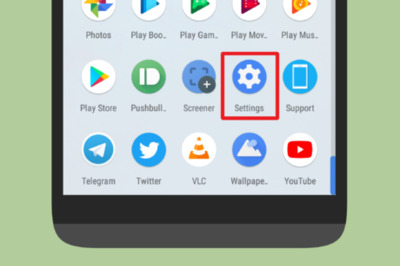





Comments
0 comment